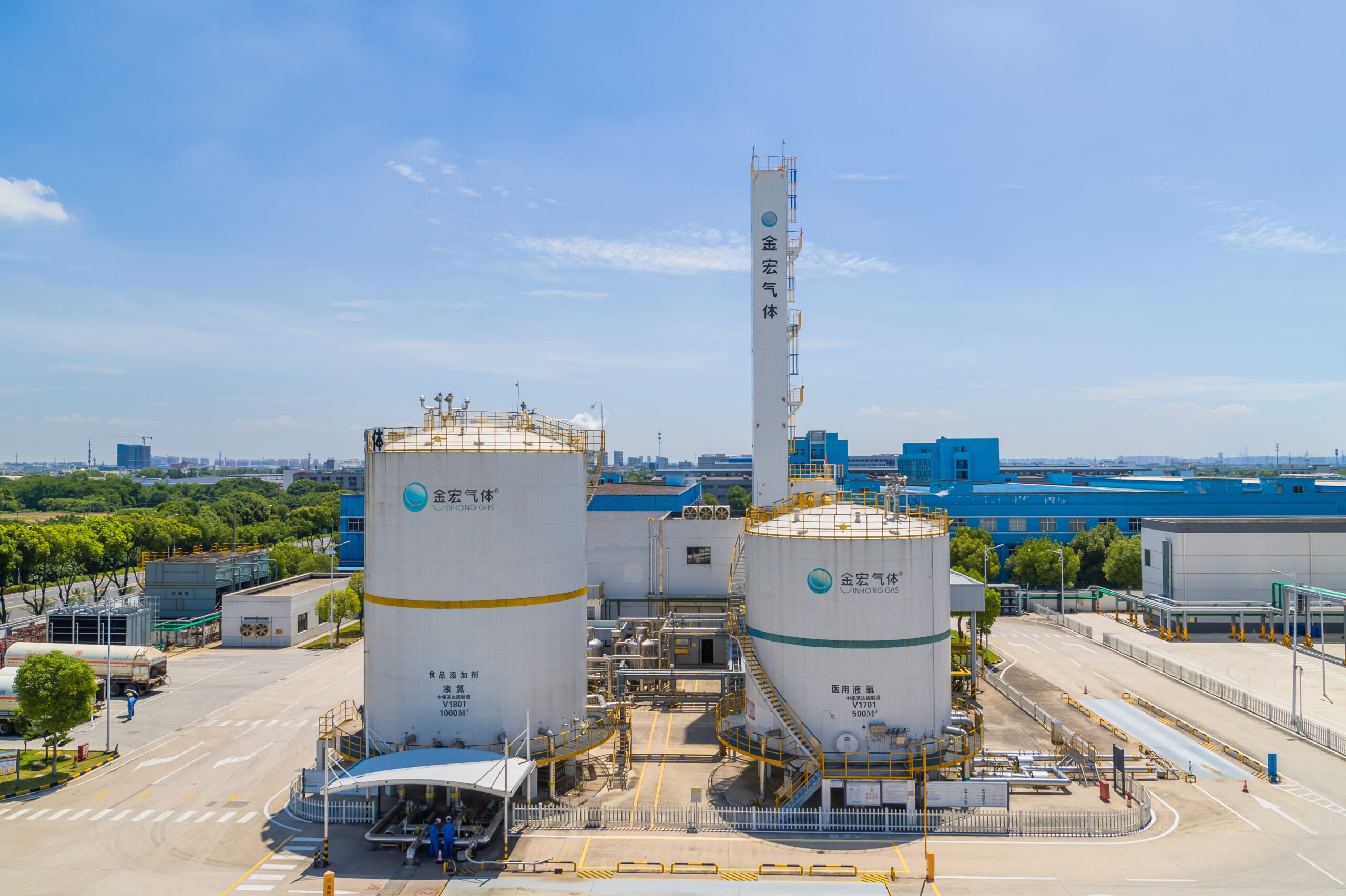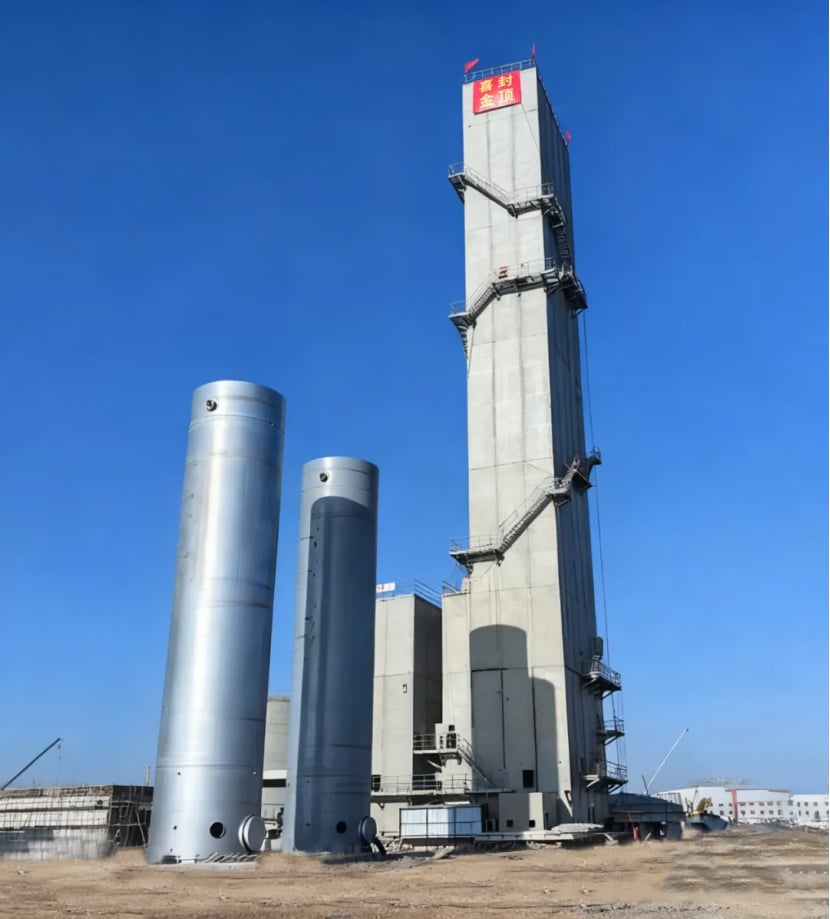Industrial Ammonia is a colorless gas with a sharp, penetrating odor, composed of nitrogen and hydrogen (NH₃). It is widely used across multiple industries due to its high reactivity, strong alkalinity, and excellent cooling properties. Industrial-grade ammonia is produced and purified to meet the specific requirements of various industrial processes.
Key Properties
- Chemical Formula: NH₃
- Purity: Typically 99.6% or higher (industrial grade)
- Physical State: Colorless gas or liquid under pressure
- Odor: Pungent, easily detectable
- Boiling Point: –33.34°C at atmospheric pressure
- Density: 0.73 kg/m³ (gas)
Main Applications
- Fertilizer Production
- Essential raw material for producing urea, ammonium nitrate, ammonium sulfate, and other nitrogen-based fertilizers.
- Refrigeration & Cooling Systems
- Widely used as an energy-efficient refrigerant in large-scale cold storage, food processing plants, and ice-making facilities.
- Chemical Manufacturing
- Intermediate in the production of nitric acid, hydrazine, and amines.
- Used in water treatment chemicals, explosives, dyes, and synthetic fibers.
- Metallurgical Processes
- Used for annealing, nitriding, and other heat-treatment processes to improve metal hardness and wear resistance.
- Pulp & Paper Industry
- Acts as a pH regulator and aids in pulp delignification.
Packaging & Supply
- Anhydrous Ammonia supplied in:
- Steel cylinders (40L, 50L, or custom sizes)
- ISO tank containers
- Bulk road tankers
- Storage: Must be stored in cool, dry, and well-ventilated areas away from heat sources.
Safety & Handling
- Toxic & corrosive: Can cause severe irritation to eyes, skin, and respiratory tract.
- Always wear appropriate PPE (goggles, gloves, respirators).
- Use only in well-ventilated areas and follow local safety regulations.



